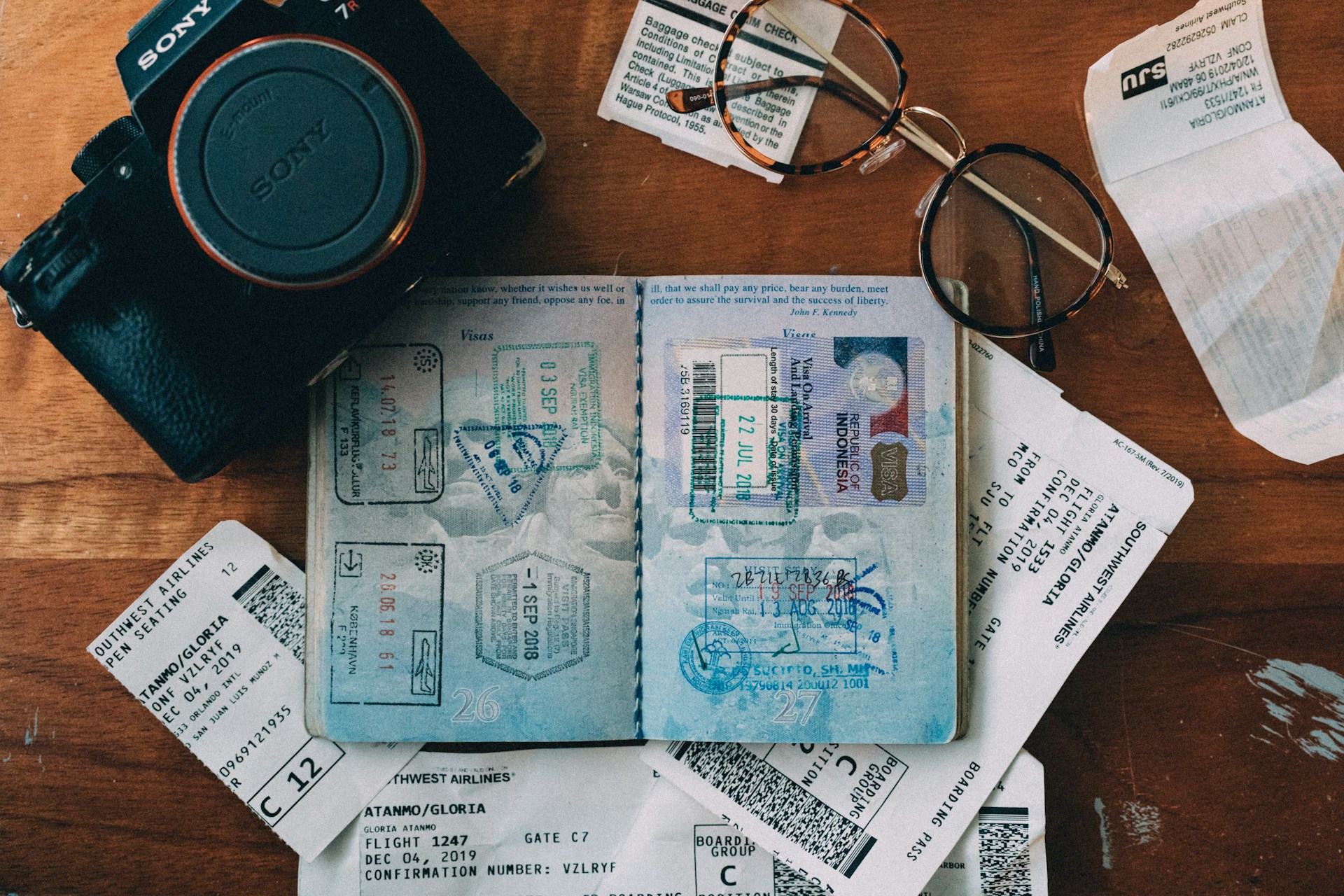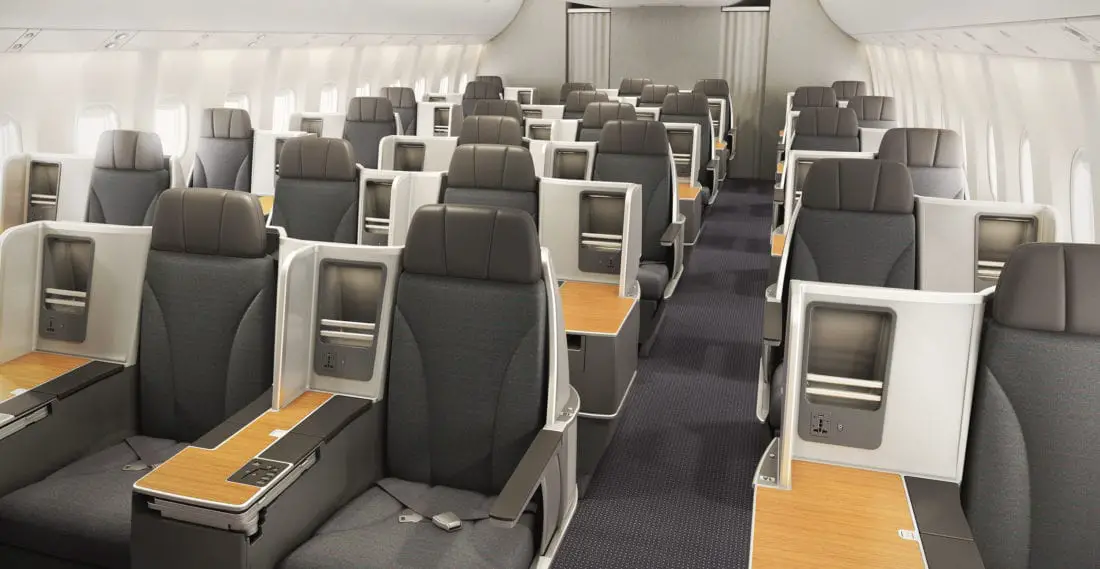The Transportation Security Administration (TSA) has embarked on an ambitious pilot program to integrate touchless facial recognition technology, known as TSA PreCheck® Touchless ID, into the security screening process at 14 U.S. airports. This initiative, rolled out over the summer of 2025, represents a significant step toward modernizing airport security by leveraging biometric technology to streamline identity verification. The program, currently involving four major airlines—Alaska Airlines, American Airlines, Delta Air Lines, and United Airlines—aims to enhance both security and passenger convenience. However, it has also sparked debates over privacy, data security, and potential biases in facial recognition algorithms. This article explores the mechanics of the TSA’s touchless facial recognition program, its implementation, benefits, challenges, and the broader implications for travelers and the future of airport security.
The Mechanics of TSA PreCheck Touchless ID
How It Works
The TSA PreCheck Touchless ID program utilizes facial recognition technology to verify a passenger’s identity at airport security checkpoints without requiring physical identification documents like passports or driver’s licenses. The system operates through a collaboration with the U.S. Customs and Border Protection (CBP) Traveler Verification Service (TVS). Here’s how it functions:
Opt-In Process: Participation is voluntary and limited to TSA PreCheck members who fly with participating airlines.
Passengers must opt in through their airline’s mobile app during check-in, where they receive a consent indicator on their mobile boarding pass.
Biometric Verification: At the security checkpoint, passengers stand in front of a second-generation Credential Authentication Technology (CAT-2) scanner, which captures a live facial image. This image is compared to a pre-staged biometric template derived from photos previously provided to the government, such as those in a passport, Global Entry profile, or visa.
Identity Confirmation: The system matches the live photo against the stored template to confirm the passenger’s identity. If the match is successful, the passenger proceeds through the checkpoint without presenting a physical ID or boarding pass. A TSA officer still oversees the process and provides final approval.
Data Handling: According to the TSA, photos and associated data are deleted within 24 hours of the scheduled flight departure, except in limited testing scenarios where data may be retained for up to 180 days for evaluation by the Department of Homeland Security’s (DHS) Science and Technology Directorate (S&T). The TSA emphasizes that images are not used for surveillance or law enforcement purposes and are not shared with other entities.
Participating Airports and Airlines
As of August 2025, the program is active at 14 airports: Atlanta (ATL), Chicago O’Hare (ORD), Dallas-Fort Worth (DFW), Denver (DEN), Detroit (DTW), Las Vegas (LAS), Los Angeles (LAX), Newark (EWR), New York LaGuardia (LGA), Portland (PDX), San Francisco (SFO), Seattle (SEA), Salt Lake City (SLC), and Reagan Washington National (DCA). The four participating airlines—Alaska, American, Delta, and United—have integrated the technology into their loyalty programs, requiring passengers to have an active profile with valid passport information uploaded.
Implementation and Expansion
Rollout Timeline
The TSA PreCheck Touchless ID program began in March 2021 at Detroit Metropolitan Wayne County Airport, initially in partnership with Delta and United Airlines. It expanded to Atlanta’s Hartsfield-Jackson International Airport in June 2022 and has since grown to include 14 airports by August 2025. The TSA plans to extend the technology to over 400 federalized airports in the coming years, indicating a long-term commitment to biometric-based identity verification.
Airline and Airport Integration
Each participating airline has tailored the program to its operations. For example, American Airlines requires passengers to be part of its AAdvantage loyalty program to participate, while United Airlines has implemented touchless ID at its hubs in Chicago O’Hare and Los Angeles, with plans to expand bag-drop functionality using facial recognition by early 2026. Delta’s “Digital ID” program, a precursor to the broader TSA initiative, has been operational at key airports like Atlanta, Los Angeles, LaGuardia, and JFK.
Airports like Denver International Airport have opened dedicated security lanes for touchless ID, allowing eligible passengers to move through checkpoints in as little as eight seconds, according to TSA estimates. This speed is a significant improvement over traditional ID checks, which often involve fumbling with wallets or purses, especially during peak travel times.
Benefits of Touchless Facial Recognition
Enhanced Security
The TSA asserts that facial recognition technology strengthens security by reducing the risk of fraudulent IDs and imposters, a growing concern since the 9/11 attacks. By automating identity verification, the system minimizes human error and ensures that only verified passengers proceed through checkpoints. The use of high-quality algorithms, vetted by the National Institute of Standards and Technology (NIST), enhances the accuracy of matches across diverse demographics.
Improved Passenger Experience
For travelers, the primary benefit is convenience. The touchless ID system eliminates the need to present physical documents, reducing wait times and streamlining the security process. Frequent fliers, like travel blogger Sandra Zo Awodele, have praised the technology for alleviating stress, particularly at busy airports like Atlanta and New York. The TSA reports that the average processing time for ID verification drops to under eight seconds with touchless ID, compared to traditional methods that can take significantly longer.
Operational Efficiency
For the TSA, which screens approximately 2.4 million passengers daily, touchless ID improves checkpoint efficiency. By automating identity verification, officers can focus on other security tasks, reducing bottlenecks and enhancing throughput. This is particularly critical during high-traffic periods, such as holidays, when long lines can frustrate travelers and strain airport operations.
Challenges and Controversies
Privacy Concerns
The introduction of facial recognition technology has raised significant privacy concerns. Critics, including privacy advocates and lawmakers, worry about the potential for data misuse, lack of transparency, and the risk of security breaches. The Electronic Frontier Foundation’s India McKinney has highlighted the lack of traveler control over biometric data stored in government databases like DHS’s Automated Biometric Identification System (IDENT).
Although the TSA claims photos are deleted shortly after verification, critics like Joshua McKenty, CEO of Polyguard, argue that the broader use of biometrics in passports and Real IDs means travelers are already part of a biometric ecosystem with limited opt-out options.
In February 2025, five U.S. senators—Jeffrey Merkley, Edward Markey, Cory Booker, Elizabeth Warren, and Bernie Sanders—penned a letter to the TSA, demanding the program’s suspension due to risks to civil liberties. They cited concerns about insufficient notification of opt-out options and the potential for biometric surveillance to expand without oversight. A survey by the Algorithmic Justice League further revealed that many travelers are unaware they can opt out, raising questions about informed consent.
Bias and Accuracy Issues
Facial recognition technology has a documented history of bias, particularly in misidentifying individuals with darker skin tones. A DHS analysis found that self-identified Black volunteers had the lowest face-matching success rate among demographic groups tested, prompting concerns about disproportionate impacts on minority travelers. While the TSA claims its algorithms show no significant demographic disparities, critics like Meg Foster from Georgetown University’s Center on Privacy and Technology argue that independent audits are needed to verify these claims.
Opt-Out Challenges
Although the TSA emphasizes that participation is voluntary, critics argue that the opt-out process is not always clear or accessible. Signs at checkpoints inform travelers of their right to decline facial scanning, but privacy advocates like Jeramie Scott from the Electronic Privacy Information Center note that harried passengers may feel pressured to comply, fearing delays or scrutiny. The lack of consistent communication across airports and terminals exacerbates this issue, placing the burden on travelers to navigate varying procedures.
Future Mandatory Use
TSA Administrator David Pekoske has indicated that biometric verification may eventually become mandatory, citing its effectiveness and efficiency. This prospect has alarmed privacy advocates, who fear a shift from voluntary to compulsory use could erode traveler autonomy. The absence of a clear timeline for such a transition adds to the uncertainty, prompting calls for stricter oversight and regulation.
Broader Implications
Impact on Airport Operations
The TSA’s touchless ID program is part of a broader push to modernize airport security, which includes changes like allowing travelers to keep shoes on and introducing dedicated family lanes. These initiatives aim to balance security with convenience, responding to traveler demands for faster, less invasive processes. However, the expansion of facial recognition to over 400 airports could strain resources, requiring significant investment in CAT-2 scanners and staff training.
Public and Industry Response
Public sentiment, as reflected in posts on X, is mixed. Some travelers welcome the efficiency, citing smoother experiences at airports like Denver and Chicago O’Hare. Others express skepticism, viewing the technology as a step toward pervasive surveillance. The travel industry, including major airlines and airport operators, largely supports the program, arguing it enhances the passenger experience. However, the U.S. Travel Association has warned that restrictive legislation, like a proposed Senate bill limiting facial recognition, could lead to longer queues and hinder travel growth.
Legislative and Oversight Developments
The TSA’s use of facial recognition is under scrutiny, with the DHS Office of Inspector General initiating an audit in 2025 to assess the program’s efficacy and privacy safeguards. Titled “Transportation Security Administration’s Modernization of Identity Authentication and Biometric Technology,” the audit will evaluate whether the TSA’s practices align with privacy and civil rights standards. Meanwhile, legislative efforts to curb biometric surveillance face opposition from airlines and airports, which argue that such measures could disrupt operations.
The Future of Touchless ID
The TSA envisions a “checkpoint of the future” where a passenger’s face serves as their ticket, ID, and boarding pass, streamlining the entire airport experience from bag drop to boarding. Retired TSA official Keith Jeffries has noted that the COVID-19 pandemic accelerated the adoption of touchless technologies, reflecting a broader societal shift toward biometric solutions. However, achieving this vision requires addressing privacy concerns, ensuring algorithmic fairness, and maintaining public trust.
For now, the TSA is focused on refining the technology through pilot programs and data analysis. The agency’s collaboration with NIST and DHS S&T aims to improve algorithm performance and address technical challenges like lighting and camera quality. As the program expands, the TSA must balance innovation with transparency, ensuring travelers are informed and their rights are protected.
Conclusion
The TSA’s touchless facial recognition program at 14 U.S. airports marks a pivotal moment in the evolution of airport security. By leveraging biometric technology, the TSA aims to enhance security, reduce wait times, and improve the traveler experience. However, the program’s success hinges on addressing legitimate concerns about privacy, bias, and consent. As the TSA plans to scale the initiative to over 400 airports, it must navigate a complex landscape of technological, ethical, and regulatory challenges. For travelers, the choice to opt in or out of touchless ID represents a trade-off between convenience and control over personal data. As the debate continues, the TSA’s ability to balance innovation with accountability will shape the future of air travel security.














